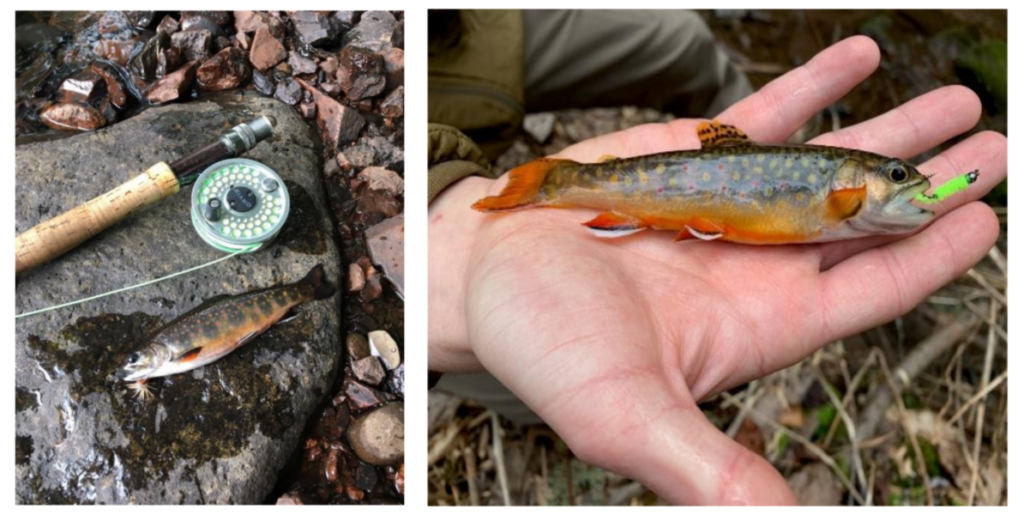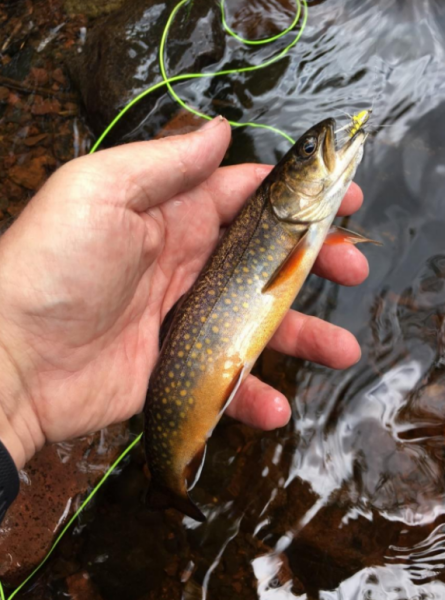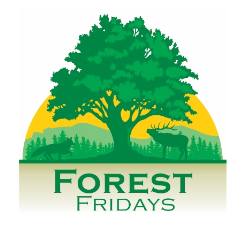The Other Amazing Colors of Fall
By Jeff Woleslagle
Like the wood duck, I have often marveled at brook trout in the fall and thought to myself that they are far prettier than they need to be. It is as if they are in competition with the changing autumn leaves and wish themselves not to be outdone in this time of color and beauty.
Any angler that pursues wild trout in Pennsylvania should take time to visit one of their favorite angling haunts during the spawn. Many such places can be found in the headwater streams on state forest lands. Here in Pennsylvania our native brook trout, (Salvelinus fontinalis) respond to the urge to mate from mid-September to early November, depending upon water conditions.

During the spawn, male colors become more intense and the belly becomes deep orange to bright red. This contrasts beautifully with the deep green back of the fish and the sides that exhibit red dots ringed in halos of blue.
Brook trout prefer to spawn over gravel, and when the time is right, a male will try to entice a female to just such a place. When the female is receptive, she will choose a spot to dig a “redd” to deposit her eggs. While she is busy preparing the location, the male fends off other would-be suitors. Once mating is complete, she will deposit small gravel from the downstream side of the redd to cover the now fertilized eggs. She may move a short distance from the completed redd and begin the process again. Some estimates indicate that as many as 25% will perish from the mating attempt. At maturity, wild brook trout may be from five to 18 inches long, depending on availability of food. They mature at two years of age, but some may spawn at just one year.
The amazing colors of fall are not just in the forest canopy, they are in our mountain streams as well. Be sure to take time to enjoy both!

Note: Extended trout season runs from September 8, 2020, through February 28, 2021. Please refer to the Pennsylvania Fish and Boat Commission website for information on licensing, rules, and special regulations.
About the Author
Jeff Woleslagle is a 1992 graduate of Penn State University with a bachelor’s degree in Wildlife and Fisheries Science. After college he worked on various research projects for the U.S. Forest Service, U.S. Fish and Wildlife Service, the University of Montana, Minnesota Department of Natural Resources, and the Pennsylvania Game Commission. He came to the Pennsylvania Department of Conservation and Natural Resources in 1999 and has worked as a park ranger, forest ranger and Environmental Education Specialist prior to becoming the Bureau of Forestry’s Chief of Communications. He is a member of the Board of Directors of the Pennsylvania Outdoor Writers Association and an active member of the Outdoor Writers Association of America. Jeff resides in Duncannon, Pennsylvania with his wife Jodi and has two children, Alayna and Nathan. He enjoys hiking, kayaking, reading, hunting and fishing. This article was originally written for the Bureau of Forestry’s Forest Friday’s e-blast.



